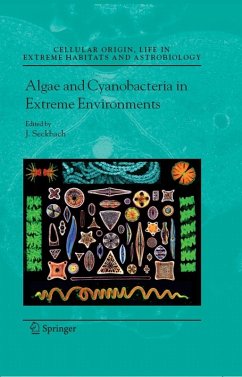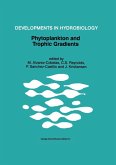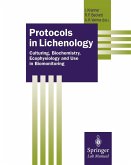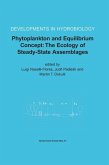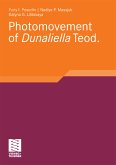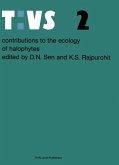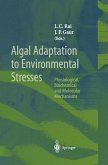Defining locations from the anthropomorphic point of view, the environments explored ranges from severe and distant to "normal" places. The algae discussed, microbial oxygenic phototrophs, are classified into various categories according to their habitats. They thrive in various temperature ranges, at the limits of pH values, in salt solutions, under UV radiation, dryness, heavy metals, anaerobic niches, under various levels of illuminations, and under hydrostatic pressure. Authors discuss bio-diversely algal territories ecologically - the hot springs with the thermophiles or acido-thermophiles; Antarctica, the Artic, and permafrost zones with their cold lovers (Psychrophiles); soda lakes with the alkaliphiles, saltine areas with halophiles. In addition to general essays, Algal species discussed in detail include diatoms, Cyanidium, Galdieria, Dunaliella, and Chroococcidiopsis.
This volume is a must for students of the field of biodiversity, as well as those in Phycology, ecology and general biological research.
Dieser Download kann aus rechtlichen Gründen nur mit Rechnungsadresse in A, B, BG, CY, CZ, D, DK, EW, E, FIN, F, GR, HR, H, IRL, I, LT, L, LR, M, NL, PL, P, R, S, SLO, SK ausgeliefert werden.
"The algae are a remarkably successful group, accounting for the oxygen we breathe and responsible for the greater part of carbon and nitrogen fixation. They are found almost anywhere ... from freshwater to brine and from the deserts to the great oceans. How they function in such extraordinary conditions is the subject of this book. ... the book's main readership will be phycologists and ecologists ... . This is a very useful book ... ." (Mark Burgess, Biochemist e-Volution, April, 2009)

